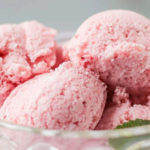
Raspberry Cottage Cheese Ice Cream
This high-protein cottage cheese ice cream is made with whole milk (4% fat) cottage cheese, honey, fresh or frozen raspberries, and crushed graham crackers.
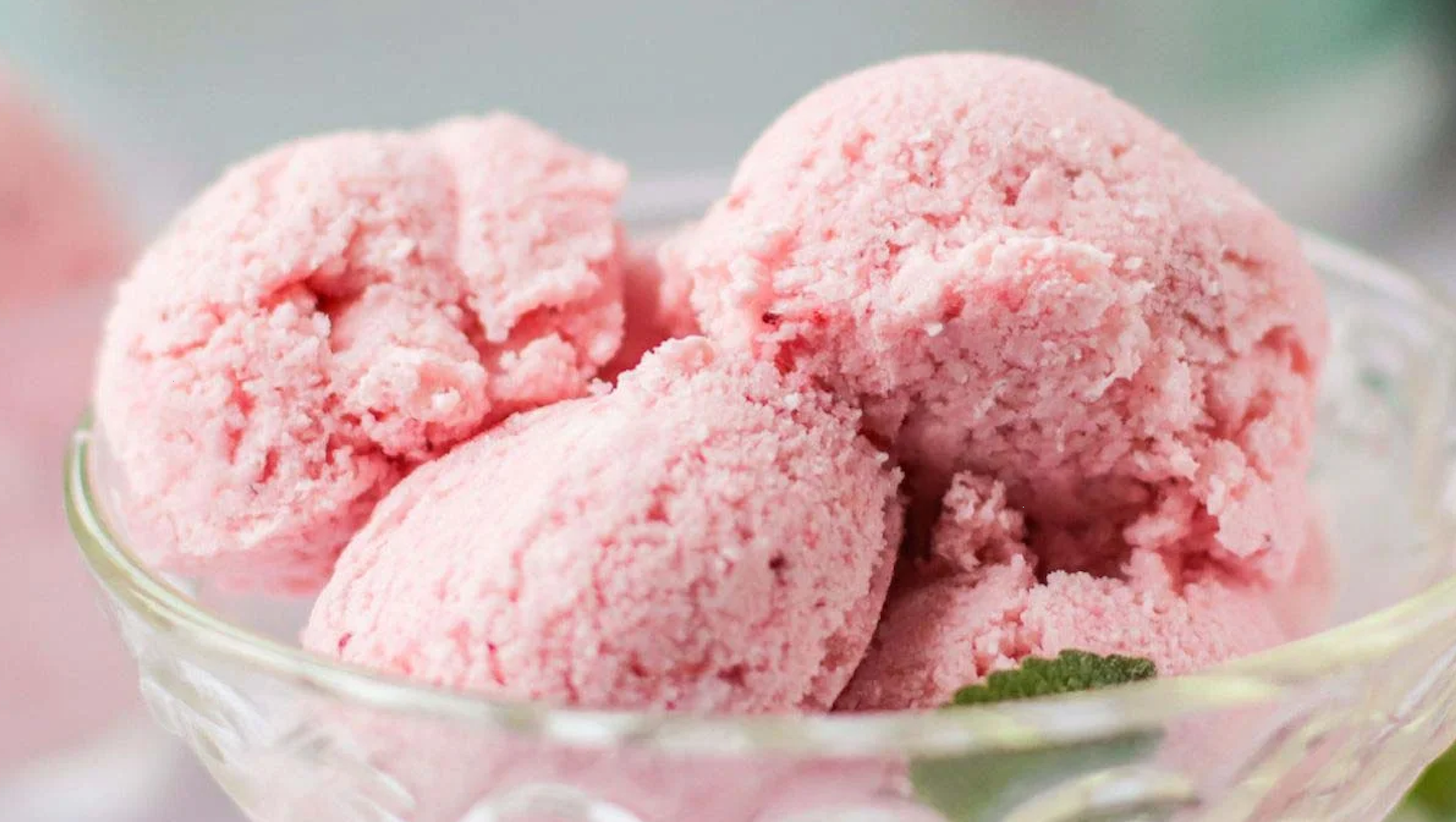

This high-protein cottage cheese ice cream is made with whole milk (4% fat) cottage cheese, honey, fresh or frozen raspberries, and crushed graham crackers.

Have a rooten, tooten good time making these delicious homemade pork and beans.
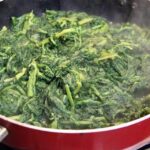
You should only use the leaves and stems for young plants — those under two feet tall, with no signs of purple on the stalks or stems. Absolutely no roots!**

This egg cream recipe comes from Peter Freeman and Gia Giasullo, co-owners of the Brooklyn Farmacy, located in the Carol Gardens neighborhood.
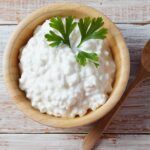
From farmhouse kitchens to 1970s diet plates, this humble, curdy concoction has long been a quiet staple of American food culture. Though it fell out of favor during the yogurt craze, its story is one of surprising resilience, and its comeback is nothing short of remarkable.

In America, baked bean dishes, including pork and beans, are thought to have began with the indigenous Penobscot, Narragansett, and Iroquois tribes, who slow-cooked beans in clay pots buried in holes filled with hot stones.

American pokeweed is a flowering herbaceous perennial plant belonging to the Phytolaccaceae family. And while the leaves and stalks of this species are a nutritional powerhouse, high in vitamin A, C, iron, and calcium, its high toxicity will make humans extremely ill (perhaps even fatal) if not properly cooked.

This cornbread recipe has been passed down by my mom's family for three generations. This is real…

A Short tutorial demonstrating how to cut watermelon

Eggs Saratoga, otherwise referred to simply as scrambled eggs with cream cheese and chives, is one…
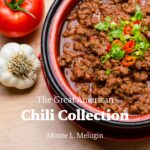
You’ll discover recipes from popular chili parlors and restaurants, award-winning recipes from ISCC competitions, and even one of the first chili recipes ever published.

The cherry-flavored retro soda, created in 1974.

"All the sugar and twice the caffeine!"
 Hi, I’m Monte Melugin, executive chef, food writer, consultant, artist, and creator of GrubAmericana, a website designed exclusively around American born foods–their history, legends, and availability. We’ll also provide some related recipes you can easily make in your own kitchen.
Hi, I’m Monte Melugin, executive chef, food writer, consultant, artist, and creator of GrubAmericana, a website designed exclusively around American born foods–their history, legends, and availability. We’ll also provide some related recipes you can easily make in your own kitchen.